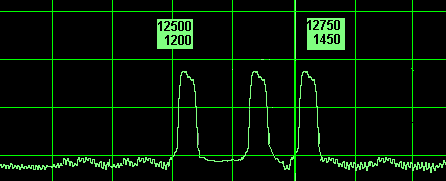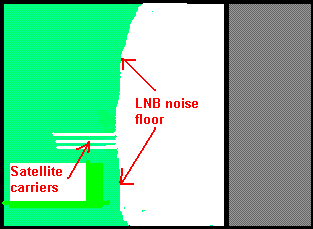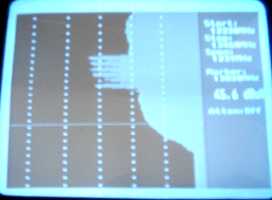| Home Login Register |
| Satellite Internet forum › Dish pointing and alignment › Problems setting up Andrew Dish, locating satelite |
|
Pages: 1
|
Problems setting up Andrew Dish, locating satelite(Read 8107 times) |
|
Ex Member
Ex Member
|
Jun 18th, 2007 at 5:15pm
|
| Back to top |
IP Logged
|
|
Eric Johnston
Senior Member
★★★ Offline Posts: 2109 |
Reply #1 - Jun 18th, 2007 at 7:23pm
|
| Back to top |
IP Logged
|
|
Ex Member
Ex Member
|
Reply #2 - Jun 19th, 2007 at 10:20am
|
| Back to top |
IP Logged
|
|
Eric Johnston
Senior Member
★★★ Offline Posts: 2109 |
Reply #3 - Jun 19th, 2007 at 11:06am
|
| Back to top |
« Last Edit: Jun 21st, 2007 at 8:33pm by Eric Johnston »
IP Logged
|
|
Ex Member
Ex Member
|
Reply #4 - Jun 21st, 2007 at 8:14am
|
| Back to top |
IP Logged
|
|
Eric Johnston
Senior Member
★★★ Offline Posts: 2109 |
Reply #5 - Jun 21st, 2007 at 9:11am
|
| Back to top |
IP Logged
|
|
Eric Johnston
Senior Member
★★★ Offline Posts: 2109 |
Reply #6 - Jun 21st, 2007 at 5:32pm
|
| Back to top |
IP Logged
|
|
Ex Member
Ex Member
|
Reply #7 - Jun 29th, 2007 at 4:28am
|
| Back to top |
IP Logged
|
|
Pages: 1
|
Email me: eric@satsig.net
Powered by YaBB 2.5.2!
YaBB Forum Software © 2000-. All Rights Reserved.
Disclaimer, Terms of Use and Privacy Forum User Agreement Forum rules Cookie policy.




 Please email pictures of your equipment and location to eric@satsig.net
Please email pictures of your equipment and location to eric@satsig.net


